Figuring out which type of tree will grow the fastest in your garden can be difficult without some help. Do you want to plant a citrus tree but worry it won't end up growing as fast as you wanted? We've searched far and wide to provide you with some excellent options.
Regardless of your knowledge of citrus trees, it can't hurt to learn about where they grow and how to care for them. Whether you love the smell of oranges or maybe even the taste of grapefruit, there are tons of citrus tree options. With that said, let's get started!
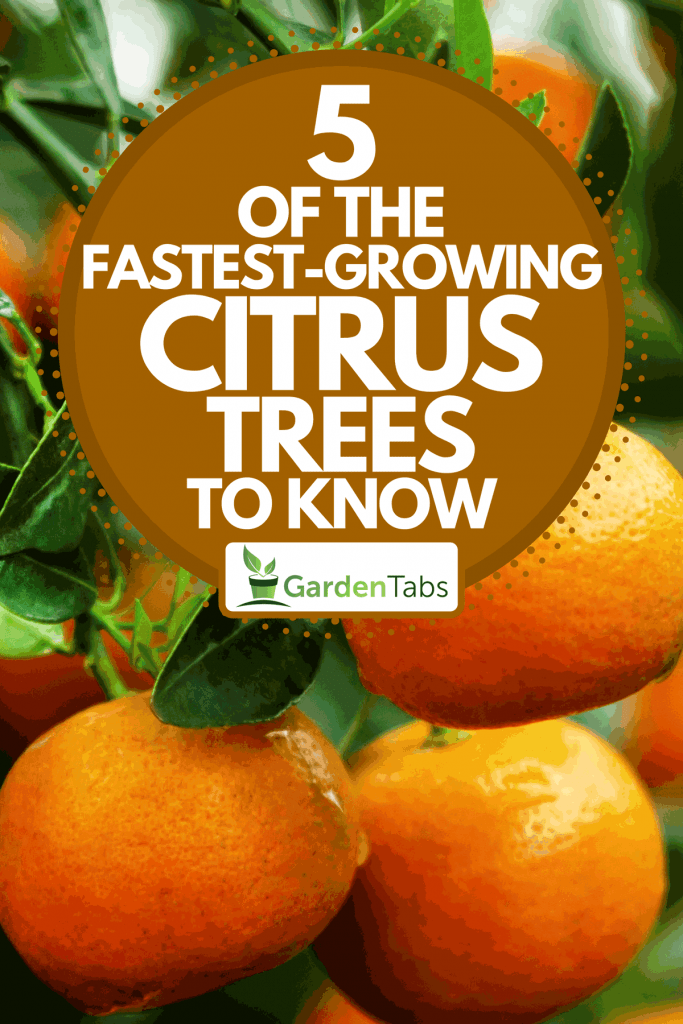
1. Bitter Orange (Citrus aurantium)
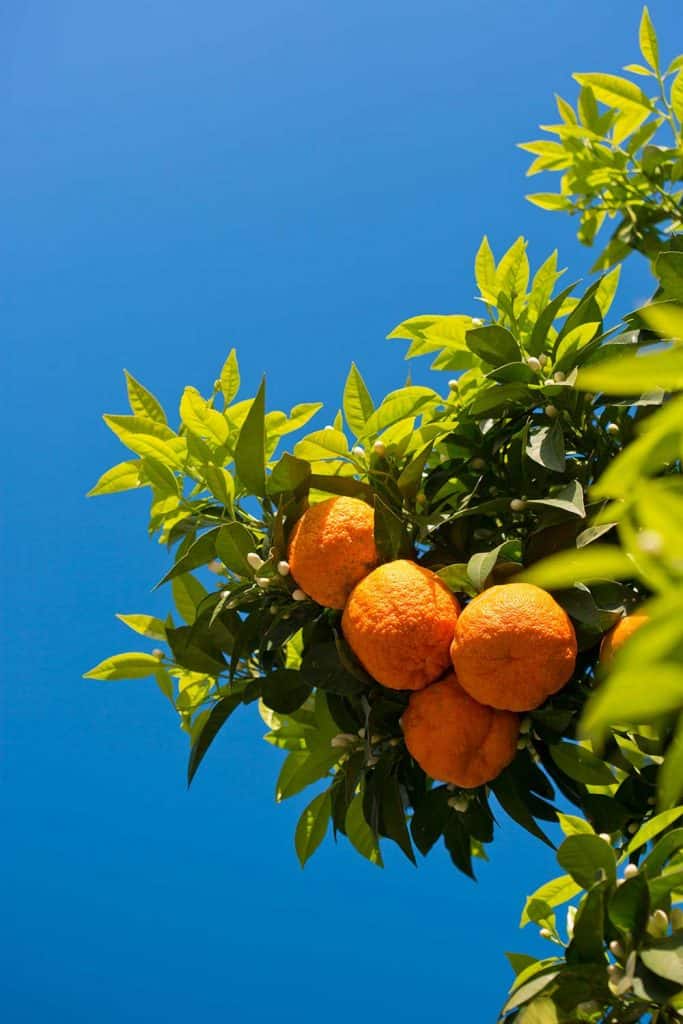
First up, we have the bitter orange citrus tree that is perfect for anyone who lives in the tropics. This specific type of orange tree is native to Asia and does best in Mediterranean climates. Although this citrus tree loves the sun, it can also thrive in the shade as long as the weather is warm. Some people find the fruit on this tree very sour, so we suggest using it to make marmalade. This bitter orange tree grows in zones nine to 11 and can get up to 30 feet tall, depending on the species.
What Is Marmalade?
For those reading wondering what marmalade is, you've come to the right place. Marmalade is a fruit preserve that is made by boiling citrus fruits in sugar water. The most common marmalade recipe includes bitter oranges, but you can also make it with other types of citrus fruits.
2. Blood Orange (Citrus x Sinensis var.)
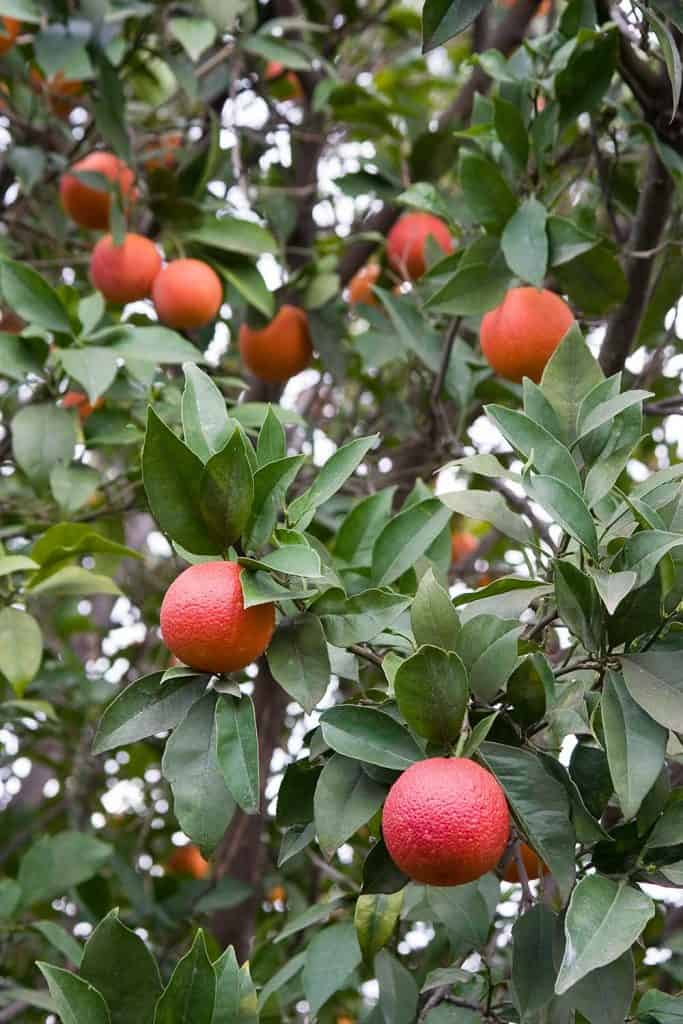
Next, we have the ever-loved blood orange citrus tree to consider for your garden. This orange tree has glossy green leaves and twisted vines and branches. Well known for its red-colored citrus, the blood orange tree is often kept smaller and farmed for its fruit. This tree is native to Spain and Italy and is hard to tell apart from the sweet orange tree species. Blood orange trees grow in zones nine to 11 and prefer full sun, warm temperatures, and grow up to 25 feet tall.
Are Blood Oranges Sweet?
When it comes to how a blood orange tastes, we would say they are on the sweeter side. Compared to other citrus fruits, blood oranges are among the sweeter options and are known for their delicious juice. A good thing to know is that these fruits ferment quickly, so make sure to eat whatever you cut open within a day.
3. Grapefruit (Citrus x paradise)
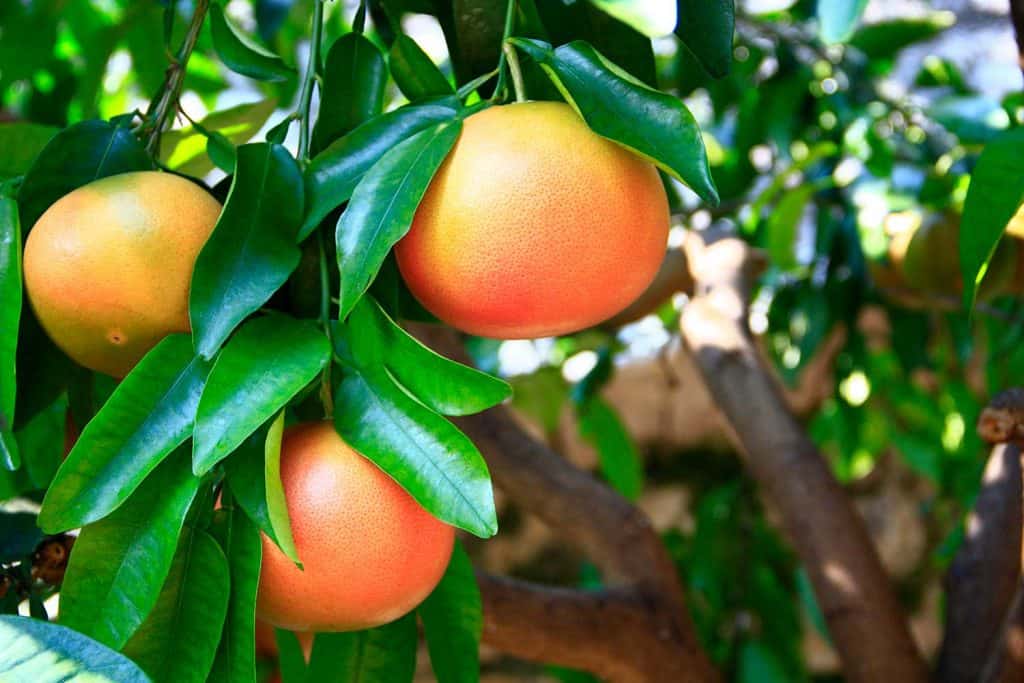
Another fast-growing citrus tree we found is the grapefruit tree. This specific tree is actually a hybrid plant between the sweet orange and pomelo, first found in Barbados. Grapefruit trees produce fruits that vary between pink, yellow, and red and do well in the full sun. If you want to plant a grapefruit tree in your yard, make sure to water and fertilize it often. This citrus tree grows in zones nine to 11 and can get up to 45 feet tall.
What Is A Hybrid Plant?
Generally speaking, a hybrid plant is the result of cross-pollination between two types of plants. Many citrus fruits are hybrids of multiple species mixing, thus being called hybrid plants. Grapefruit, for example, is one of the only citrus fruits that have been traced back to an origin type location.
Root 98 Warehouse Mandarin Grapefruit Tree
Here is a live grapefruit tree from Root 98 Warehouse that is perfect for your garden. This live tree ships out in either a one or three-gallon container and promises to be highly cold tolerant.
4. Persian Lime (Citrus x latifolia)
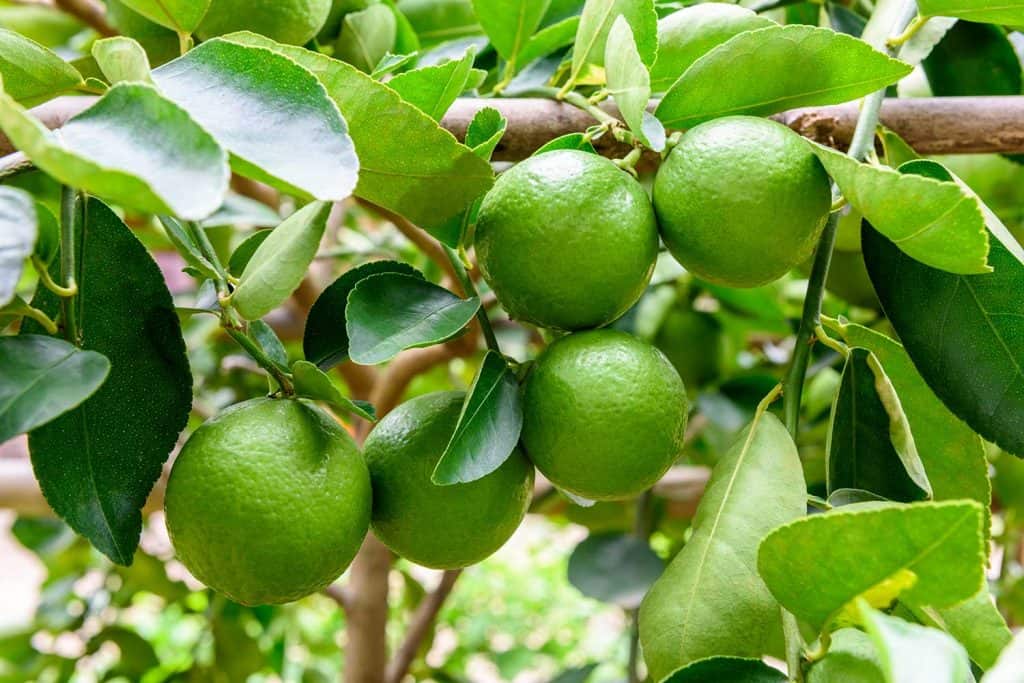
Fourth, we have the fast-growing Persian lime tree, one of the only citrus plants without thorns. This hybrid tree produces limes that typically do not have seeds and are sold in groceries and restaurants. Persian limes are also called Tahiti limes and are extremely popular for making cocktails. Although this tree is not native to any specific area, it does prefer sun and warmer temperatures. This lime tree grows in zones eight, nine, and 11 and can get up to 20 feet tall with the right conditions.
Are All Limes Seedless?
When it comes to all limes being seedless, that, unfortunately, is not true. Although most limes sold in supermarkets, like Persian, don't have seeds, that is not to say that yours will always be seedless. Seedless limes occur naturally and have no exact cause for why they grow without seeds and vice versa.
2-3 Foot Dwarf Persian Lime Tree
Here we have a Persian lime tree from CitrusTreeNursery.com that comes in a tall, 3.5-gallon shipping pot. This dwarf Persian lime tree is anywhere from two to three feet upon arrival and has glowing reviews from verified customers online.
View this tree on Amazon here.
5. Tangerine (Citrus reticulata)
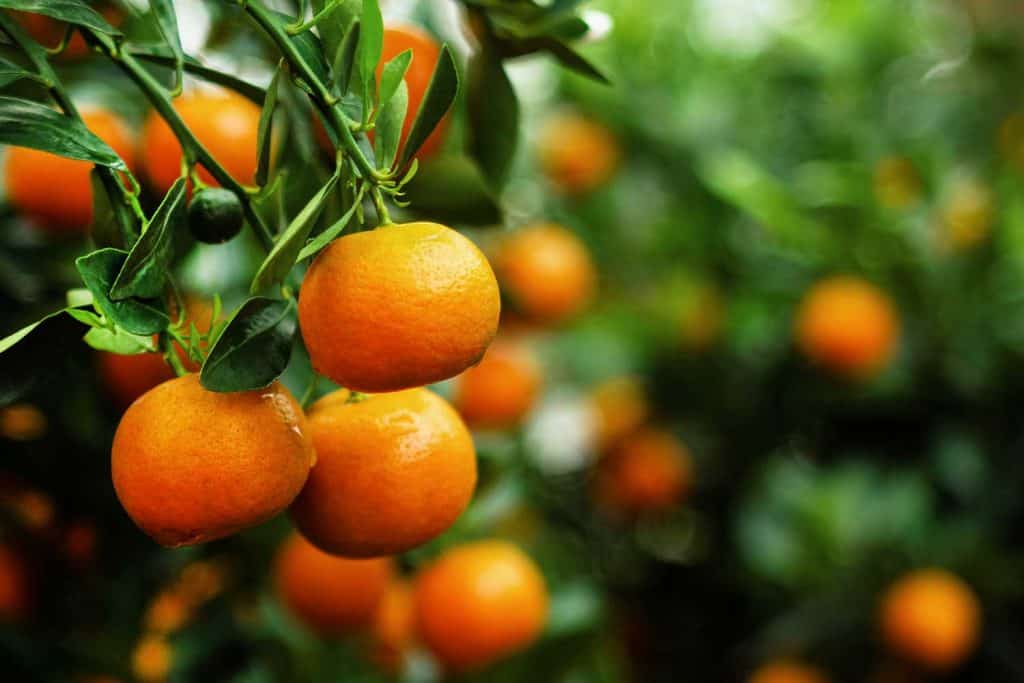
Last but certainly not least, we have the tangerine citrus tree. Typically, tangerine trees produce small, thin-skinned fruits that are similar to oranges. Tangerine trees are fast-growing and belong to the mandarin family of citrus. These fruit-producing trees are native to Asia and prefer a ton of sun exposure and moderate temperatures. Tangerine trees grow in zones nine through 11 and grow up to 25 feet tall once they are fully mature.
Are Tangerines The Same As Mandarine Oranges?
Although many do not believe it, tangerines are not the same as mandarin oranges. Both a tangerine and mandarine orange belong to the same species, but tangerines have a red-orange skin versus the bright orange skin a mandarin does. Between the two, a tangerine is going to be slightly juicier than a typical mandarin orange.
ugarden Live Tangerine Orange Fruit Tree
Here is a live tangerine fruit tree from ugarden that will come two to five feet tall. This fruit tree ships out within two weeks after your order and is ready to plant upon arrival.
Check out this live fruit tree on Amazon here.
Our Final Thoughts
Whether you grow citrus trees to eat their fruit or to enjoy their beauty, you've got plenty of options. From the trees we found, grapefruit, blood orange, and tangerines are the best to eat out of the bunch. If you want to grow your very own limes for making cocktails, try a Persian lime tree in your garden. If you prefer a citrus smell and love to make marmalade, a bitter orange tree is a perfect option for you. Regardless of what citrus tree you choose, make sure to plant them in the sun and water them frequently.
Now that we have your attention... Head on over to these helpful related gardening posts!
How Fast Do Elms Grow And How Long Do They Live? [By Type Of Elm]
Spots On Areca Palm - What To Do? [White, Brown, And White Spots]



